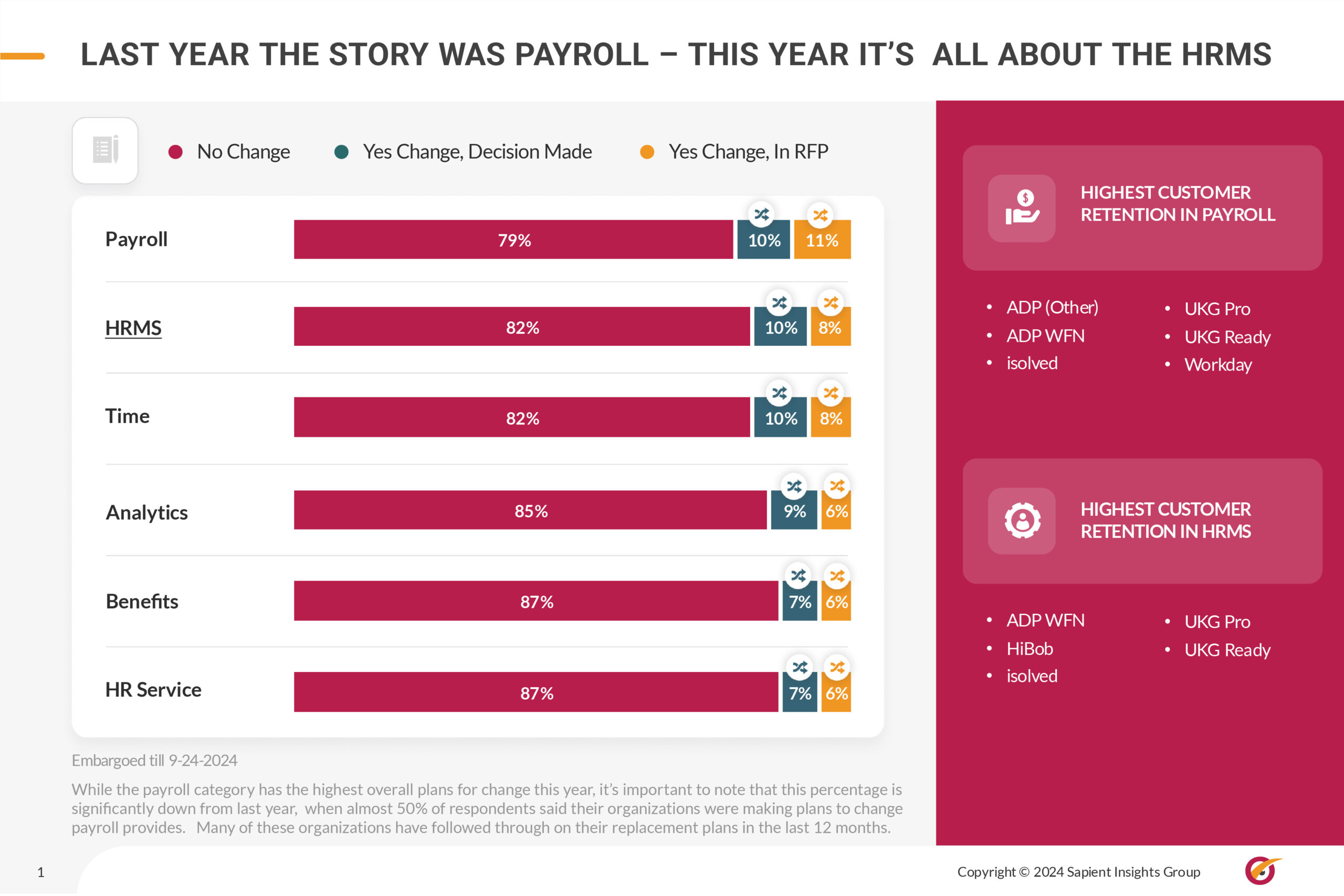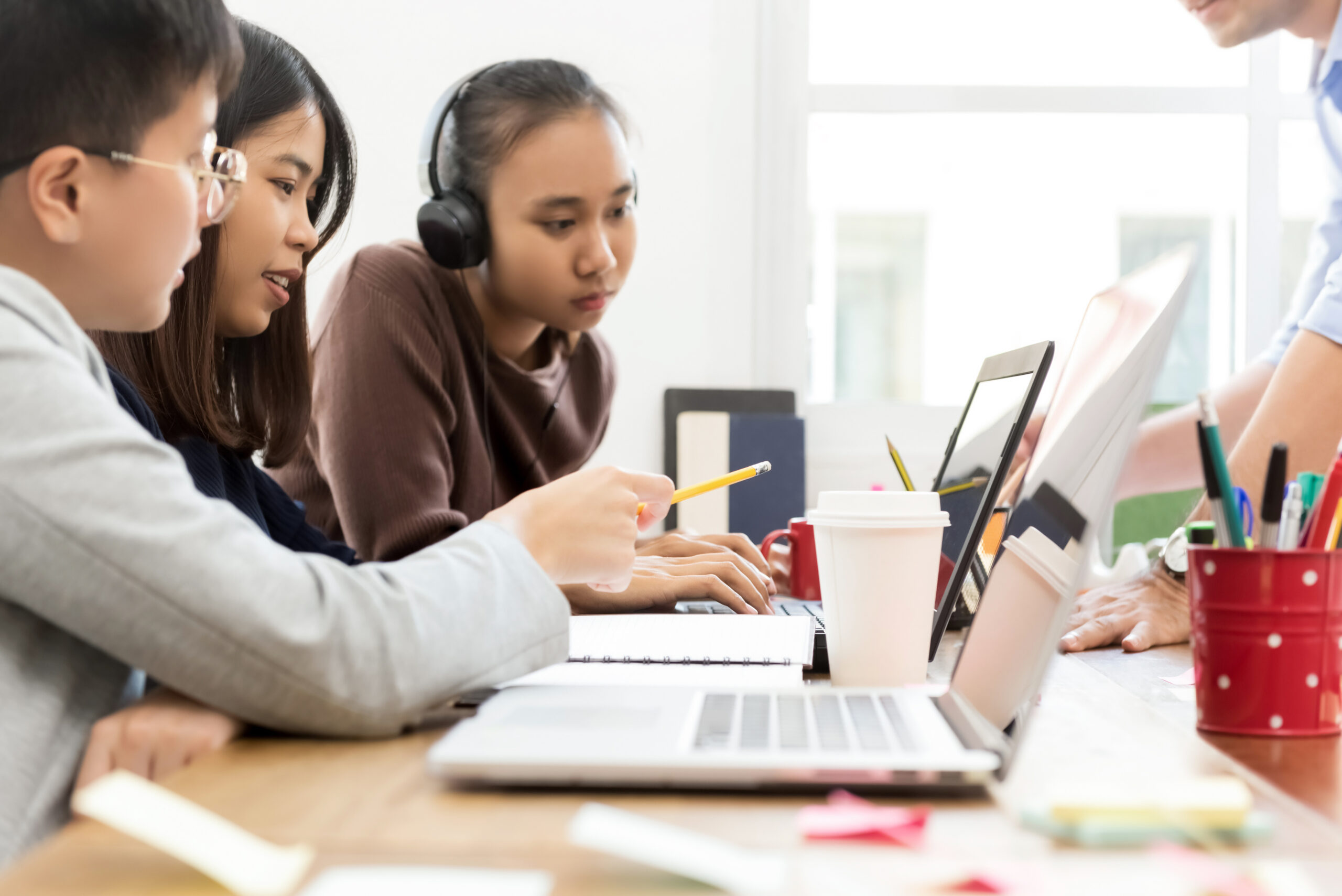The five pillars driving Mattel’s employee wellbeing strategy
- HRM Asia Newsroom

After the events of the last few years, it is no surprise that employee wellbeing is suffering.
Recent research from Aflac, for instance, found that more than half of US employees are burnt out to some degree—yet less than half of business leaders consider employee burnout to be a major issue. When organisations do properly recognise the problem, however, enhanced employee wellbeing is just one of the positive by-products: A study from Gympass last month found a connection between wellbeing benefits and better employee retention, recruiting and engagement, among other advantages.
At American multinational toy maker Mattel—creator of products like Barbie, Fisher-Price and Hot Wheels—the organisation has long invested in employee wellbeing, says Keith Saucier, Vice-President of Health and Wellbeing of Mattel. However, the pandemic forced the organisation to “take a hard look at what employees really needed. We had to swoop in where the needs were greatest,” Saucier says.
Defining the pillars of wellbeing
That refined look at employee wellbeing prompted the organisation to adopt a model for its 10,000 employees based on five key pillars of wellbeing—physical, emotional, financial, social and career—which have been woven into Mattel’s overarching benefits strategy, in the way of new offerings, programmes and policies.
For instance, given the current economic uncertainty, the organisation has been particularly leaning into financial wellness, keeping healthcare premiums reasonable, and offering core education around budgeting and financial planning.
Meanwhile, life coaching is enabling employees to “realise their full potential both at and outside work”, Saucier says, and Mattel’s partnership with Headspace gives employees access to mindfulness and meditation tools.
“It’s just become a part of Mattel now that really sets us apart,” Sally Dail, Senior Benefits Manager at Mattel said in a video case study about the Headspace partnership. “Headspace really brings the tools to the employee that they can use for the rest of their life.”
The Headspace offering represents Mattel’s commitment to supporting employees with their “daily mental management” of mental health, Saucier says, while the organisation also has an employee assistance programme (EAP) for crisis management. However, a lot of employee wellbeing needs sit between “those two extremes”, Saucier says, and uncovering how the organisation can best support that layer will be a significant focus in the years to come.
Making employee wellbeing strategies sustainable
Creating strategies that are directly connected to the needs that employees voice is one of the most significant ways to make sustainable progress on employee wellbeing, Saucier says.
Mattel conducts a semi-annual global pulse survey evaluating how employees feel about their jobs, the organisation, and their own wellbeing—and that directly informs the wellbeing programmes the organisation puts in place.
“Since we started measuring,” he says, “we’ve seen continued growth in terms of how employees feel supported. And we’re going to continue to challenge ourselves to offer programmes that show up in the results of this survey.”
Listening to employees is also an effective way to help maximise the investment. Most organisations do not have an “infinite budget” to throw at employee wellbeing, Saucier notes, so it is important to be attuned to the offerings that employees really need and what may be underutilised—and then adjust accordingly.
READ MORE: Working with compensation consultants to your advantage
Do not forget authenticity around wellbeing
Among the most important factors in creating a sustainable strategy is leadership buy-in.
“It really does start at the top of the house,” Saucier says. When the organisation rolled out the Headspace app to its employees, several leaders served as figureheads, because they had already been using the tool and were comfortable sharing their experiences.
“It came from a very authentic place,” Saucier says. The head of design for Barbie and the organisation’s general counsel, for instance, were both “willing to engage in conversations, show vulnerability and lead by example by using the tools themselves and encouraging their own teams to do so.”
As an organisation rooted in creativity and innovation, he adds, investing in holistic employee wellbeing has enabled the organisation to thrive.
“We’ve always had an executive team that believes in mental and physical wellbeing as enablers to the creative process,” Saucier says. “When you can bring your best self to work in a creative environment, you get the best out of your employees.”
Jen Colletta is Managing Editor at HRE. This article was first published on Human Resources Executive.






